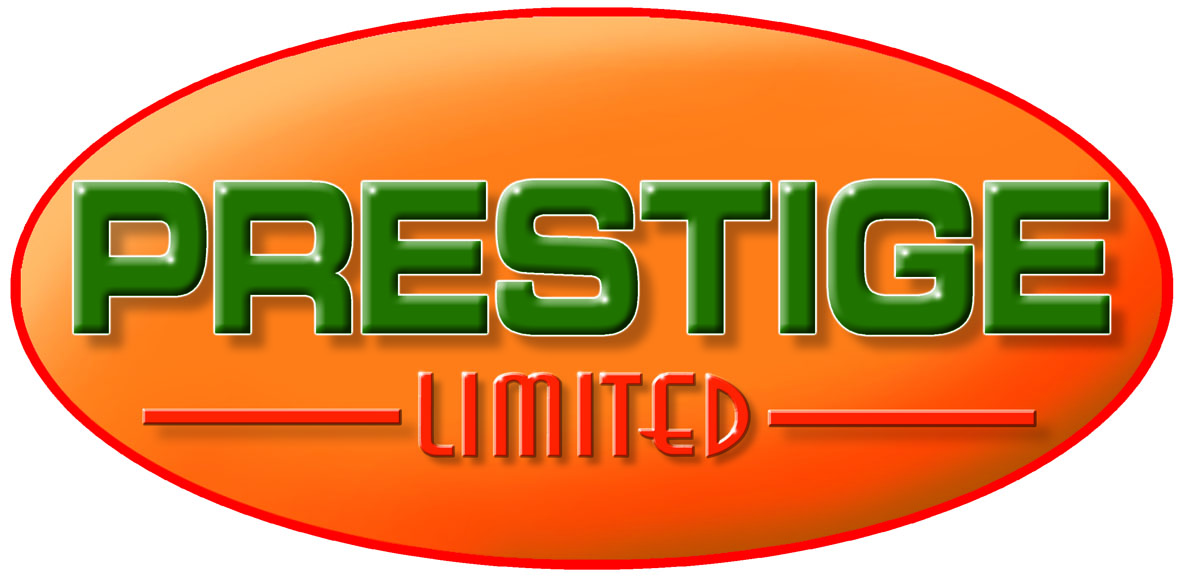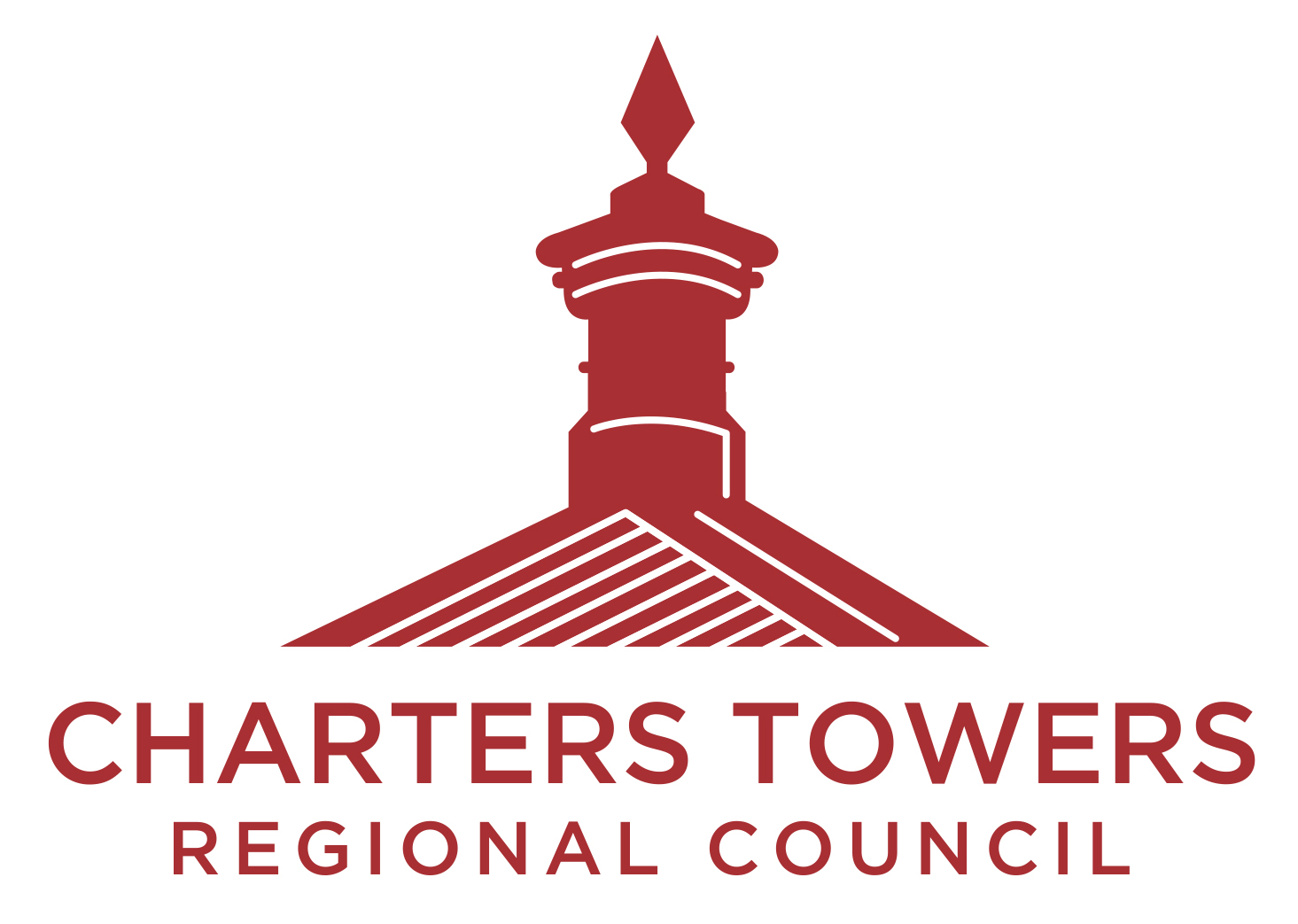Information
Report is based on the ICAM Methodology and WorkSafe Duty Holder Review.
-
Audit Title
-
Date & Time of incident
-
Location
-
Conducted on
-
Investigation Team
-
Prepared by
-
Peer Reviewed by:
1. Incident Details
INCIDENT SUMMARY
-
Collect information and evidence of the incident and report your findings here.
Items
-
Item detail
-
Photo evidence
TIMELINE
-
List the activities and events leading up to the time of the incident, when the incident happened and what took place afterwards.
Activity
-
Date & Time
-
Activity
2. Analysis Overview
-
The basic cause of an incident is the mechanism of failure.
-
What happened?
-
The ICAM model analyses the contributing factors to determine why the incident happened.
-
Why did it happen?
-
Actual Consequence
-
Potential Consequence
3. ICAM Analysis
-
The contributing factors of this incident were analyzed using the Incident Cause Analysis Method (ICAM) process, an industrial safety initiative used to analyze serious incidents. ICAM is an analysis tool that sorts the findings of an investigation into a structural framework.
An ICAM analysis clarifies why the incident happened and identifies all the factors that contribute to the event. The contributing factors are classified into four categories of the ICAM model which are: Absent or Failed Defences; Individual or Team Actions; Task or Environmental Conditions; Organisational Factors.
Failed / Absent Defences
-
The situations, systems, conditions, equipment, measures or human factors which normally prevent this type of incident from happening.
Defence
-
Task or Environmental
-
Absent or Failed?
-
Organisational factor type
- Hardware
- Training
- Organisation
- Communication
- Incompatible goals
- Procedures
- Maintenance management
- Design
- Risk management
- Management if change
- Contractor management
- Organisational culture
- Vehicle management
- Management systems
- Impairment
- Human Factors
-
Details of defence
Individual or Team Actions
-
The errors or violations made by people directly involved in the event.
Actions
-
Individual or Team?
-
Absent / Failed
-
Organisational factor type
- Hardware
- Training
- Organisation
- Communication
- Incompatible goals
- Procedures
- Maintenance management
- Design
- Risk management
- Management if change
- Contractor management
- Organisational culture
- Vehicle management
- Management systems
- Impairment
- Human Factors
-
Details of Action
Task or Environment Conditions
-
The "situational characteristics" which existed immediately prior to the incident, including the work situation, physical or social environment, or a person's mental, physical or emotional state.
Conditions
-
Task or Environmental
-
Absent / Failed
-
Organisational factor type
- Hardware
- Training
- Organisation
- Communication
- Incompatible goals
- Procedures
- Maintenance management
- Design
- Risk management
- Management if change
- Contractor management
- Organisational culture
- Vehicle management
- Management systems
- Impairment
- Human Factors
-
Details of Condition
Organisational Factors
-
The latent system based factors present before the incident which may have contributed to the presence of specific adverse task or environmental conditions, individual or team actions, or absent or failed defences.
Factor
-
Absent / Failed
-
Organisational factor type
- Hardware
- Training
- Organisation
- Communication
- Incompatible goals
- Procedures
- Maintenance management
- Design
- Risk management
- Management if change
- Contractor management
- Organisational culture
- Vehicle management
- Management systems
- Impairment
- Human Factors
-
Details of Factor
4. Identify Direct Causes
-
direct cause is anything that is at the location that has had an immediate influence on actions or decisions made by the workers leading to the incident occurring ( the actions or inactions of people, obstacles , poorly maintained equipment etc.)
People
-
List all those who were present in the area and describe the actions or inactions of : any injured party; supervisors (who was in charge?); others (witnesses etc.). Have these actions or inactions contributed or failed to stop the incident?
Plant (building, machinery etc.) and Equipment ( bench saw, gas bottles, pallets etc.):
-
What plant and/or equipment was at the location that had an influence on the incident? What was the influence?
Substances
-
What substances were at the location that had an influence on the incident?
Environment
-
Describe the environment and how it influenced the incident (confined work space etc).
5. Identify Causative Factor(s)
-
Given that people make mistakes and/or take short cuts, what could have been in place to mitigate the consequences of their actions?
Training
-
What training or instruction have the parties have been provided (induction, task specific, hazard indentfication etc.
Competence
-
What qualifications and/or experience do the parties have to undertake the task being performed?<br>How do you know workers are performing as per training provided and remain competent?
Procedures
-
What procedures do you have that cover the task being performed at the time of the incident?<br>Consider the following: SOP's, job safety analysis (JSA)/Safe Work Method Statement(SWMS), emergency plans, contractor management etc. Provide a copy of these where applicable.<br>Have the procedures been followed?
Supervision
-
Who was the supervisor? What level of supervision was required for the task? has the supervisor or other workers noticed any actions that are out of line with procedures, and if so what actions were taken?
Hazard Identification
-
When was the hazard identified?<br>Provide a copy of the hazard identification or other relevant document.
Hazard Control
-
If the hazard has been previously identified, what controls were put in place?<br>How has the incident come to occur with these in place?
Hazard Management
-
What other controls were considered? How do you assess hazards and consider controls?
Monitor and Review
-
What do you have in place to: Assess effectiveness of hazard/risk controls that are in place? Ensure workers and visitors are doing what that they should in relation to the procedures and SOP's?
Health and Safety Standards
-
What standards, codes of practice, guidelines do you refer to in relation to the task being performed (you may reference manufacturers manuals or similar
Other Causes:
-
If applicable, advise what other causes contributed to the incident (fatigue, complacency etc.)
6. Direct Cause(s)
Summary of identified key points from Section 4.
7. Root Cause
Reviewing key points identified in Section 5, can you know identify what, if added or removed from the situation, would have prevented the incident from occurring?
-
Root Cause Factors
- Organisational Factors
- Environmental Factors
- Human Factors
8. Conclusion
Recommended Corrective Actions
-
What are we going to do about the incident?
Use the Hierarchy of Control recommendations for corrective actions that will target prevention of recurrence and reduction of risk.
The recommendations will address each identified absent or failed defence (risk controls) and Organisational factor (prevention and risk reduction strategies). -
Enter recommended corrective actions here
CAR
-
CAR detail
Key Learnings
-
Enter Lessons Learned here
Lesson
-
Lesson
Sign off
-
ICAM Report Author














